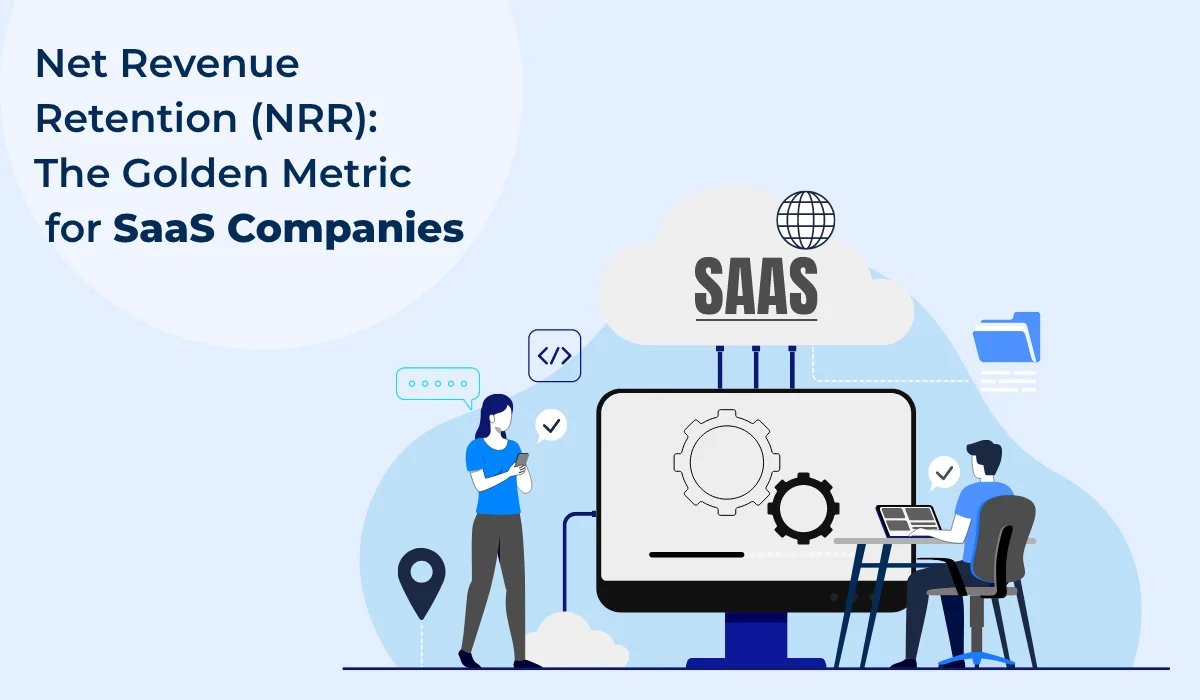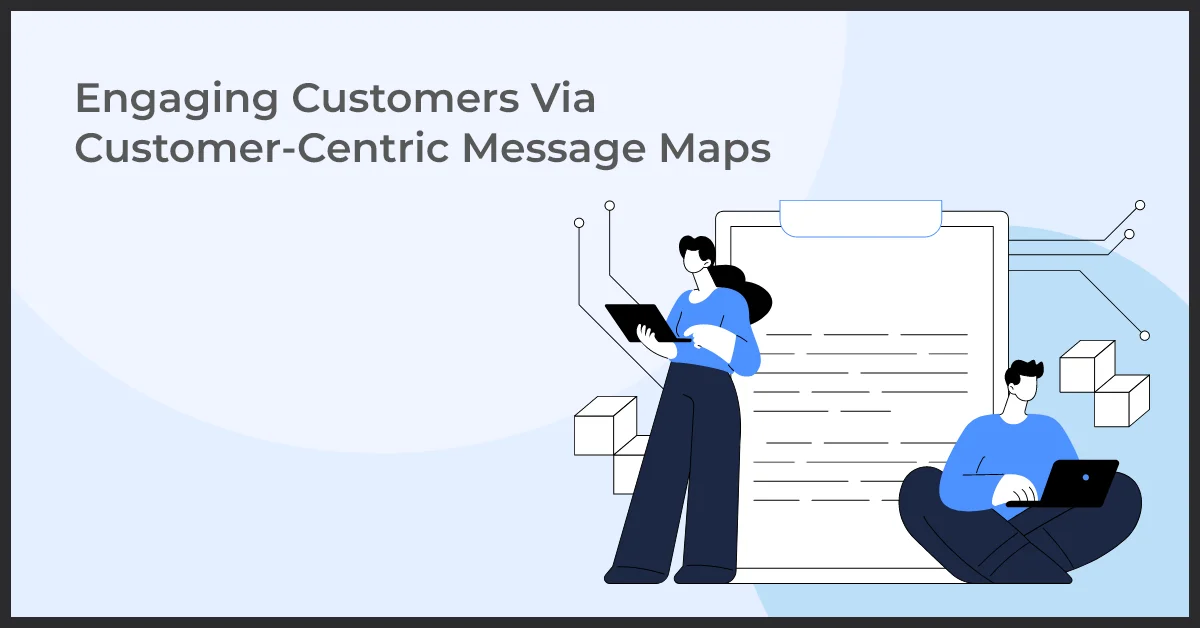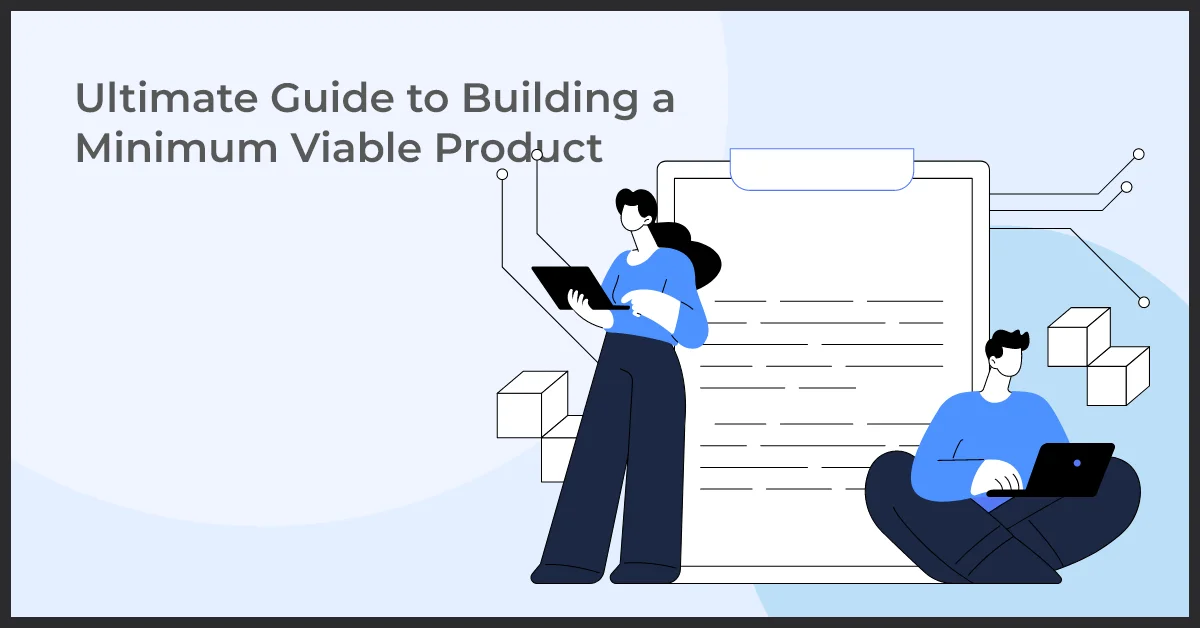Net Revenue Retention (NRR): The Golden Metric for SaaS Companies

Published on: December 20, 2022
Updated on: August 19, 2024
2174 Views
- Strategy
7 min read
The metric to end all other growth metrics is Net Revenue Retention (NRR). SaaS companies swear by this new golden standard. Why? It gauges their growth against the common bugbear that affects their organizational health – churn.
The revenue model of most companies, including SaaS, is not just about a one-off purchase of their product but recurring costs of subscription, cross-sell, upsell, etc. Retaining customers helps their business grow steadily, as improving customer retention rates by a mere 5% can increase profits by 25% to 95%. So, revenue and retention are essential and intertwined to gauge their growth, like this namesake metric.
These two terms provide some inkling about where NRR is headed. But what exactly connects SaaS businesses with NRR? How is it calculated? What makes it a better benchmark over other growth metrics?
Let's find out.
What Is Net Revenue Retention?
Net Revenue Retention measures the revenue retained from existing customers over a given period.
It is a customer success KPI and measures anything that directly impacts revenue generation. For example, when a customer
- Leaves your business,
- Downgrades to a lower-playing plan,
- Buys a new product, or
- Upgrades to a higher subscription plan.
Here's how to calculate NRR
NRR = (Starting Monthly Recurring Revenue (MRR) + Expansion MRR − Churned MRR) / Starting MRR
In short, NRR is monthly revenue earned from upgrades, cross-sells, and expansion against the revenue churn, which includes contract expirations, cancellations, or downgrades.
How Does NRR Compare with Other Growth Metrics?
Monthly Recurring Revenue
In today's volatile business environment, there is a shift away from the mentality of "growth at any cost." The focus is on sustainable growth, particularly among investors. For SaaS companies, this involves retaining current customers and expanding their accounts. In such a scenario, Monthly Recurring Revenue (MRR) does not present a complete picture of the company's customer retention or account growth.
For example, a company may have a high MRR but also have a high churn rate. The high churn means it is losing a large number of customers regularly. This customer attrition indicates deeper problems like product value proposition, pricing strategy, customer experience, or issues that need immediate attention. MRR alone is insufficient to reflect the sustainability of the company's growth.
On the other hand, net retention rate (NRR) considers the MRR from existing customers and any additional revenue from account expansion or upsells. This gives a complete picture of the company's ability to retain and grow its customer base, which is critical for sustainable growth.
Gross Revenue Retention
Apart from MRR, the other metric to gauge retention is Gross Revenue Retention (GRR). It measures a company's ability to retain revenue over a period, which is typically a month or a year.
It is calculated by subtracting the amount of money lost in churn from the total revenue:
((Total revenue - churn) / Total revenue) X 100
Unlike NRR, GRR does not consider account expansion or contraction and never exceeds 100%. It only takes into account the total revenue and the revenue lost due to churn, and not any additional revenue generated from existing customers.
GRR is used to get a clearer picture of a company's income retention, while NRR measures sustainable revenue growth. GRR is a useful metric for assessing the overall health of a company's revenue stream but does not provide a complete picture of the company's customer retention or account growth.
How Is NRR Calculated?
To calculate NRR, you need to know the following information:
- Starting monthly recurring revenue (MRR): This is the recurring revenue you receive from your customer base in the previous month.
- Expansion MRR: This is the new revenue generated from existing customers this month through upsells and cross-sales.
- Contraction MRR: This is the revenue lost from existing customers due to downgrades.
- Churn MRR: This is the recurring revenue lost from customers who have stopped using the company's products or services (also known as churn).
Using this information, the formula for NRR is:
(Contraction MRR – (Churn MRR + Expansion MRR)) / Starting MRR
For example, if a company's starting MRR was $100,000, it generated $10,000 in expansion MRR, lost $5,000 in contraction MRR, and lost $1,000 in churn MRR, its NRR would be:
(5,000 – (1,000 + 10,000)) / 100,000 = -6,000 / 100,000 = -6%.
This means the NRR is negative, meaning the company lost revenue over the month. On the other hand, if the NRR is positive, it indicates that the company retained and grew its customer base.
The higher the NRR, the better for your company. A good industry benchmark of NRR for a business to target is 109%. The average NRR for SaaS companies is between 60% and 148%. For public SaaS companies, the average NRR is around 114%.
Some successful IPOs like Snowflake, Twilio, and AppDynamics have managed an NRR higher than that, indicative of their higher customer satisfaction and retention rate.
Steps to Increase Your NRR
Identify the Problems/Reasons for Churn
There are various ways to analyze churn in SaaS businesses and its reasons.
It could be because there are:
- Issues with customer support
- Problems with the users' experience of the product
- Some customers only occasionally use the product
- If your product does not offer features they need.
Sometimes customers can leave unintentionally.
To improve churn, identify its root causes. This may involve addressing issues with customer support, improving the user experience, adding new features, expanding the support or success teams, investing in user experience (UX) design, or revisiting the pricing strategy.
By identifying and addressing the specific issues that contribute to churn, you can take effective steps to improve retention and growth.
Limiting Downgrades
Downgrades, or when a customer goes for a reduced service/subscription of your product, are preferable over churn. You can use downgrades as a churn prevention tactic. At least this way, the customer continues to use your product/services.
Offer customers the option to pause or reduce their subscription tier when they initiate a cancellation or express a desire to end their subscription. Many of your tactics to increase customer retention will also reduce downgrades.
Remember, downgrades can also occur when customers purchase the wrong subscription or product upfront or upgrade at the wrong time. To improve customer retention, try to understand why customers are downgrading and identify any trends that can be addressed to improve retention.
This may involve providing better guidance to customers on the most appropriate subscription or product options or making it easier for them to upgrade or downgrade their subscriptions as needed.
You can limit downgrades through the following tactics:
- Better enable customers to choose the right package for their needs
- A flexible pricing strategy
- Rehash your value proposition
- Reconfigure your packages to drive more renewals
- Follow a considerate timeline for upselling or cross-selling maneuvers
Improve Upselling and Cross-Selling
One effective strategy for increasing revenue from existing customers is identifying and focusing on the value metrics crucial to different customer segments. Once you know the value that your product or solution provides, you can design your pricing and packaging in a way that encourages customers to increase their spending over time. This may involve testing different pricing and packaging options and adjusting them based on market conditions and the needs of different customer segments. Review and revise your pricing and packaging strategy as the market evolves and as you expand into new markets or customer segments.
For example, Grammarly sends weekly insights emails highlighting how their product helped their clients by summarizing their individualized usage statistics. An occasional reminder like this is helpful for your customer to remember what they are getting from your product.
You can also prompt them about the benefits they would receive by upgrading their access or purchasing additional products when they are logged in. However, avoid being overly pushy, which may lead to faster churn or downgrades.
Parting Thoughts
NRR is the game-changing metric for the SaaS world. By making it your primary KPI, you will be able to identify ways to retain customers. By driving expansion revenue and increasing customer retention, you improve not just this metric but also your business.
Want to drive up your NRR by implementing some of the strategies we covered here? Get in touch with us at info@growthnatives.com and see how easy it is to get started.
Frequently Asked Questions
NRR stands for Net Revenue Retention, which is a metric used in SaaS (Software as a Service) businesses to measure the ability of a company to retain and grow its existing customer base. It calculates the revenue generated from existing customers over a specific period, taking into account upsells, cross-sells, and downgrades, and subtracts any churn or contraction revenue.
A good net retention rate for SaaS companies typically falls in the range of 100% to 130%. A rate higher than 100% indicates that the company is able to grow its revenue from existing customers, offsetting any revenue lost from churned customers.
NRR stands for Net Revenue Retention in the context of SaaS businesses. It is a key metric used to measure the effectiveness of a company’s efforts in retaining and growing its customer base.
NRR, in the context of net revenue, typically refers to the Net Revenue Retention metric used in SaaS businesses. It is calculated by taking the revenue generated from existing customers (including upsells and cross-sells) and subtracting any revenue lost from churned customers.



